
Single Limb Training: Moving With Fluidity And Symmetry
- Do you taper your workouts by prioritizing the execution of bigger movements to smaller movements?
- Are you regularly incorporating single limb training into your workouts?
- Do you focus on developing symmetry and balance in your training?
Over the years I have always approached strength development by tapering down a day’s workout by beginning with the most demanding movements and transitioning down to performing smaller accessory work. The idea here is to build absolute strength right out of the gate…and then move on to optimally developing movement and symmetry next. In today’s article I want to shift the focus to the latter as single limb training is one great way to build that symmetry and movement.
Bilateral Movement
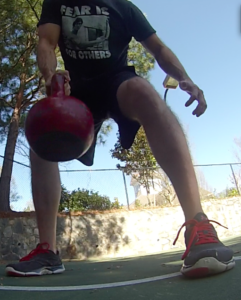
Learn how to leverage single limb training to make optimal gains. Click the image to get started on my 120 day program!
A bilateral movement involves sharing the load or resistance between two limbs. A few examples of this would be the barbell back squat, the barbell bench press, etc. In these examples you have to move the weight of the bar using both arms (limbs).
In the opening paragraph I talked about designing my strength program by phasing down from the most demanding movements first and then moving on to more accessory work. It’s in the bigger more demanding movements where I generally implement a bilateral movement such as a barbell bench press, barbell back squat, or barbell deadlift first.
This is where you introduce the biggest overall gains in your strength and from here you can move on to more accessory work for the purpose of building fluidity in your movement along with symmetry.
Unilateral Movement/Single Limb
Where bilateral exercise involves sharing the load between two limbs in contrast unilateral exercise places the stress solely on one limb. Unilateral movements (single limb movements) are also great for building symmetry by allowing the limb being used to solely handle the load being lifted.
This allows for you to have greater control of that limb. The idea is that any deficiency in strength in that limb will be elevated to match the other limb for greater bilateral performance. This is something that I’ve personally been a firm believer in for years. This is particularly the case for me because I’ve experienced great imbalances due to having endured two traumatic knee injuries at separate times in my life.
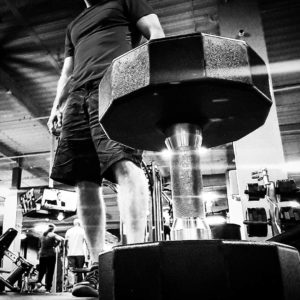
Take your single limb training to the next level with my 120 day program! Click the image to order now!
Granted there are studies that show that the impact on functional movements such as sprint performance and agility are pretty much equal in terms of results with the implementation of both unilateral movements and bilateral movements. (Unilateral vs. Bilateral Squat Training for Strength, Sprints, and Agility in Academy Rugby Players; Speirs, Derrick E.; Bennett, Mark A.; Finn, Charlotte V.; Turner, Anthony P.)
However I do believe having both is still better. Regardless of any study I’ve experienced this firsthand and single limb training is immensely beneficial. Additionally just having one without the other is like having cereal without milk, or peanut butter without the jelly. It just makes sense to incorporate both into your strength and conditioning program.
I believe that single limb training is great because it also promotes greater stability from the challenge of holding the body/resistance during the movement. One great movement for the upper body that I am a big fan of is the single arm dumbbell bench press.
For an upper body unilateral movement it’ll also give you a set of shoulders and triceps the size of Texas. I know what you can see in the video is me holding the dumbbell in one arm and pressing it. However, what you can’t see is the diagonal line of tension. This line of tension runs from my upper right shoulder all the way down to my left foot.
This diagonal line of tension is what creates such tremendous core stability in order to pull off the movement. Not only is this great for building you solid core strength, but the movement also trains you to handle a load in a much more graceful and respectable manner.
In addition to having a unilateral Go-To for the upper body I also have a unilateral Go-To for the lower body as well. For the lower body I like to focus on ankle, knee, and hip stability. So here I prefer hammering out some single arm single leg deadlift on my key leg days.
What you can see here in this video is that I’m reaching the arm opposite of the grounded leg. I’m doing this in order to perform this movement. What you’re not seeing is that as I do lower myself towards the ground by flexing (bending) the hip and knee of the grounded leg I’m simultaneously extending the opposite leg back to point behind me while contracting that glute muscle.
By contracting the glute muscle of the lifted leg you’ll discover a cool little secret. It seems counterintuitive to do this for balance. However, as you do it you’ll actually find out that it will help you to keep your hips square. This will reinforcing your ability to maintain stability during the movement.
Single Limb Training: The Takeaway
Unilateral movements are great for helping you to enhance overall total strength. This is because of the influence of more quality symmetry in terms of your strength gains. Even though studies have shown equal results on sprint and agility performance with the implementation of bilateral and unilateral movements respectively the implementation of single limb training still enables you to move with greater control and overall grace.
The fluidity of movement is just more present. I know this as I’ve had years to experiment with this element both personally and with having trained hundreds of athletes.
Do you regularly incorporate single limb training into your workouts?
How often do you use single limb movements?
Post up in the comments here below.
For a LIMITED TIME ONLY! Order my 120 Day Functional Fitness Plan to take advantage of my special discount bundle…
CLICK HERE TO ORDER MY 120 DAY PLAN TO POWERFUL FUNCTIONAL FITNESS!!!
It’s changing lives already!
Click On Image Here
Step up your training and get started on my…
30 Introductory Bodyweight Exercises here below.
Click On Image Here
Related Articles:
5 Functional Fitness Workouts For Head To Toe Strength
5 Simple Ways To Measure Your Functional Fitness
Leave a Reply
You must be logged in to post a comment.
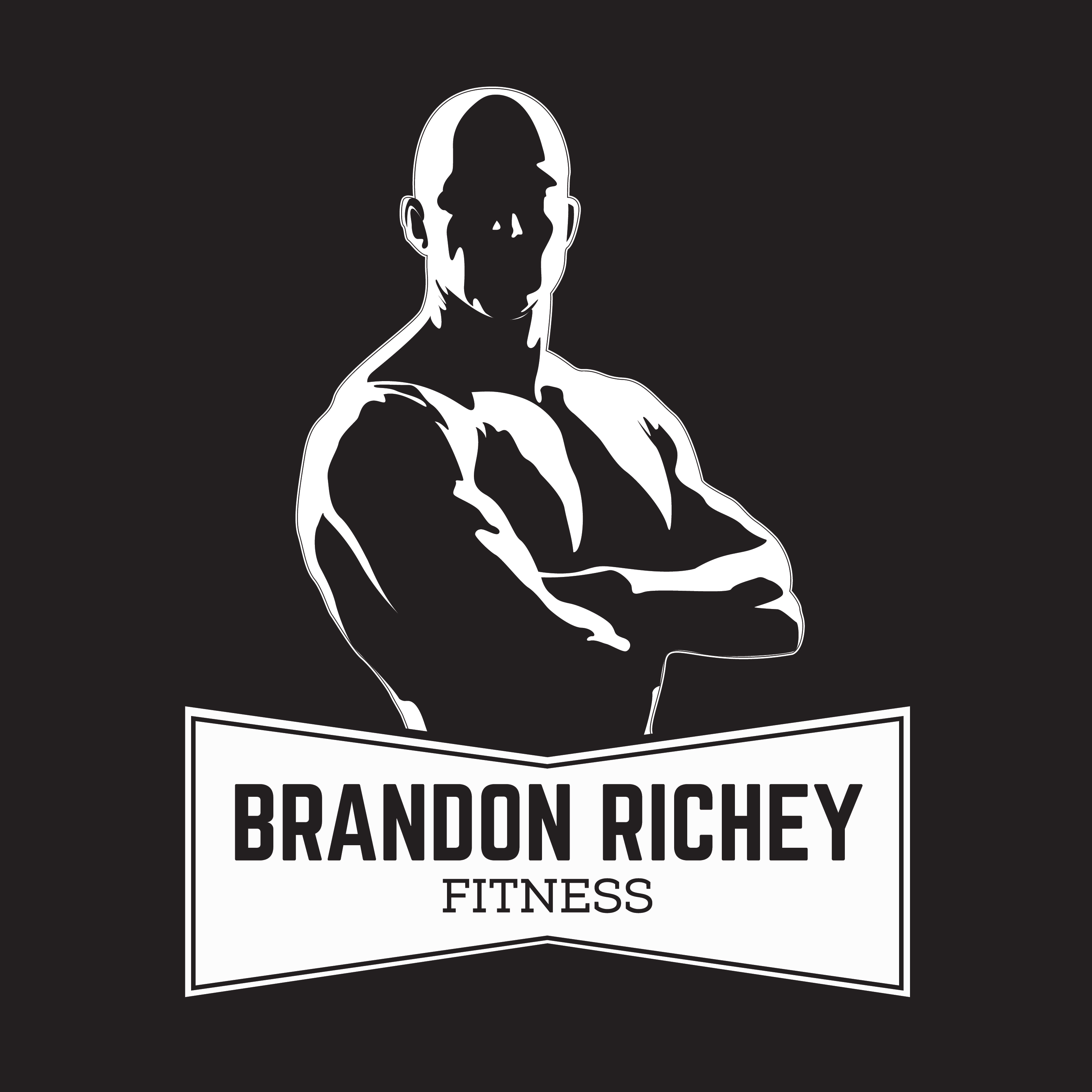
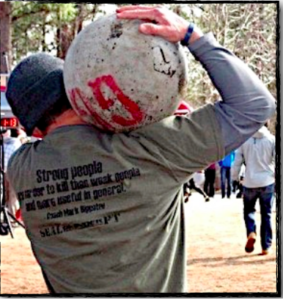
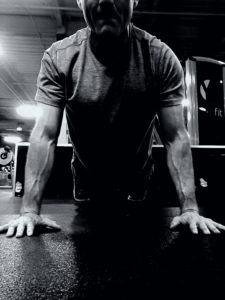
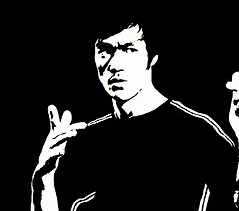
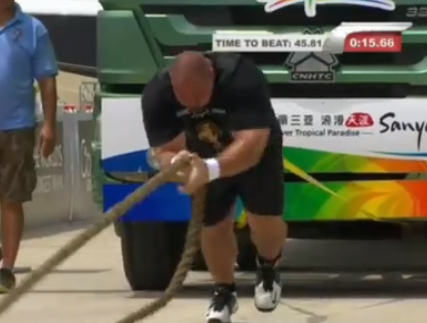
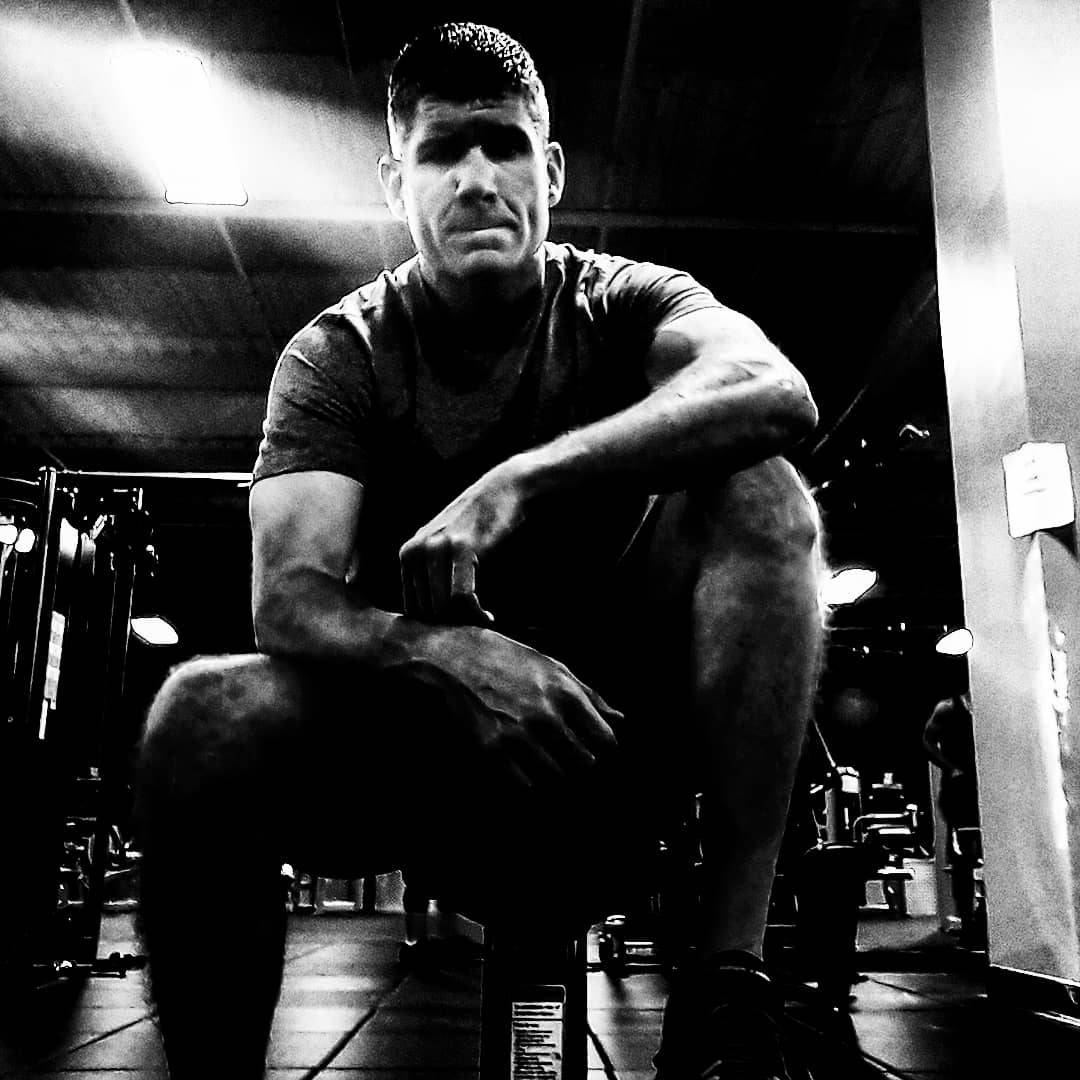
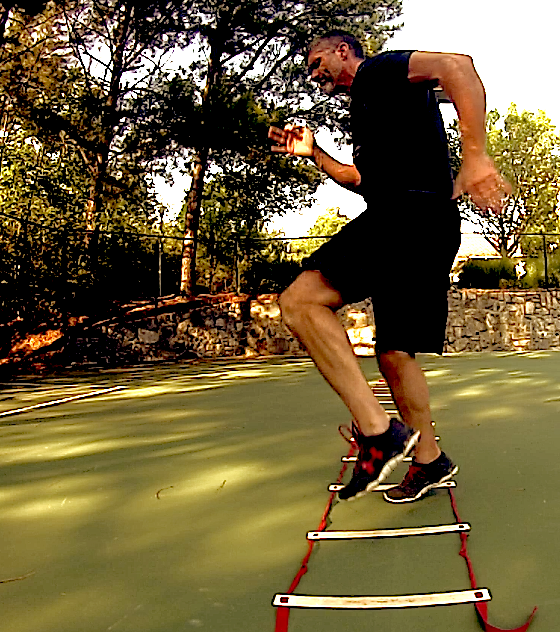

Single limb training, even though highly demanding, is truly one great way to build symmetry and movement. My glute muscles are happier for it.
Ellen,
It is absolutely demanding and I’m glad your glute muscles are happier for it! I’ve made sure to emphasize single limb training into my programs on a regular basis. I’ve experimented with stretches of time sticking to solely doing bilateral movements,as well as with weeks at a time with mixing bilateral and unilateral training together and I am always stronger with the inclusion of unilateral (single limb) training.
I appreciate your feedback and glad that you found the piece interesting. Please don’t be a stranger to the blog and feel free to light up the comments anytime. Stay strong my friend!